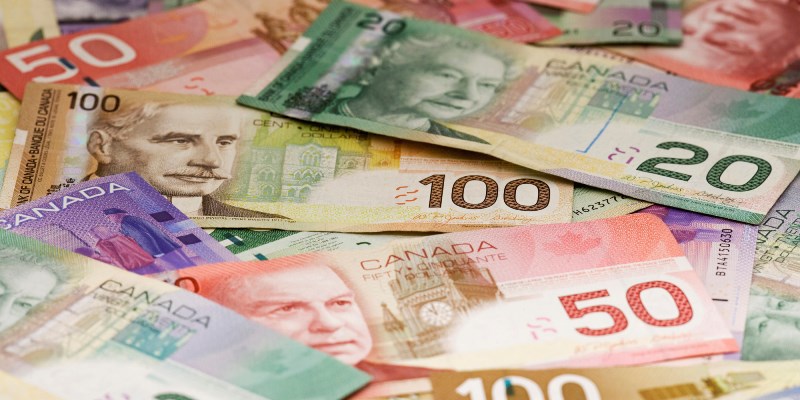Loblaws subsidy underscores Canada's flawed climate plan

The federal government recently announced it will provide up to $12 million in subsidies to Loblaws, a supermarket chain with stores across the country, for new energy-efficient refrigerators. According to the government’s news release, this subsidy will help Loblaws reduce its total annual emissions by approximately 23 per cent. Unfortunately, the Loblaws subsidy proves once again that Ottawa’s climate plan is severely flawed.
Here’s why this taxpayer-funded subsidy is problematic. The centrepiece of Ottawa’s climate plan is a carbon tax, which most economists (including us) agree—when done right—can reduce emissions while limiting economic costs. The core idea behind a carbon tax is that individuals, both in their professional and personal lives, will change their behaviour when faced with higher prices for carbon-intensive products. In other words, the tax on carbon is meant to induce changes to both consumption and production decisions.
To limit the economic costs and distortions of a carbon tax, economists generally agree that other policies need to be introduced simultaneously. For example, revenue collected from a carbon tax should not be used to support alternative (including other forms of energy production or, in this case, other refrigerators). The idea behind a carbon tax is to rely on the pricing of carbon to induce investments by individuals and businesses in alternatives. But rather than relying on carbon-pricing to makes things happen, the federal government is actively picking winners (Loblaws) and losers, as well specific alternatives—again, by replacing old refrigerators and freezers.
If a functioning and effective carbon tax were actually in place, Loblaws would decide to avoid the tax by investing in energy-efficient technologies without government subsidies. In other words, in response to a carbon tax, this profitable company would itself find new ways to reduce its carbon footprint. Instead, the federal government chose to override the price signals and announce a multimillion dollar subsidy. (And this isn’t an isolated incident. The Loblaws subsidy comes from the $500 million so-called Low Carbon Economy Challenge, a federal program that offers funding to provinces, territories, municipalities, non-profits, businesses and Indigenous groups for “innovative projects” that reduce carbon emissions.)
Unfortunately, the federal government’s carbon tax violates almost all the principles of an efficient carbon tax. For example, all—not some, but all—of the revenue collected from a carbon tax should be used to reduce other taxes that impose larger costs on the economy. Most economists agree that reducing personal and business income taxes is the ideal use of revenue from a carbon tax. And yet, only an estimated 90 per cent of new revenue from the federal carbon tax will be returned to taxpayers in lump-sum rebates. And personal income tax rates have actually increased for professionals, entrepreneurs and business owners.
Finally, existing regulations and rules imposed on carbon-based activities should be eliminated. Such regulations impose enormous costs on the economy. Remember, the idea behind the carbon tax is to rely on the higher cost of carbon emissions to change behaviour rather than imposing rules (i.e. regulations). Yet this federal government continues to promulgate new regulations on carbon activities. Consequently, the carbon tax will be added on top of existing regulations, which again, directly contradicts the basic elements of an efficient carbon tax.
Properly designed and implemented, a carbon tax can work to both improve the economy and better regulate greenhouse gas emissions. Clearly, Ottawa’s decision to provide $12 million to Loblaws for new refrigerators demonstrates that the federal government has little if any interest in implementing an effective and efficient carbon tax.


